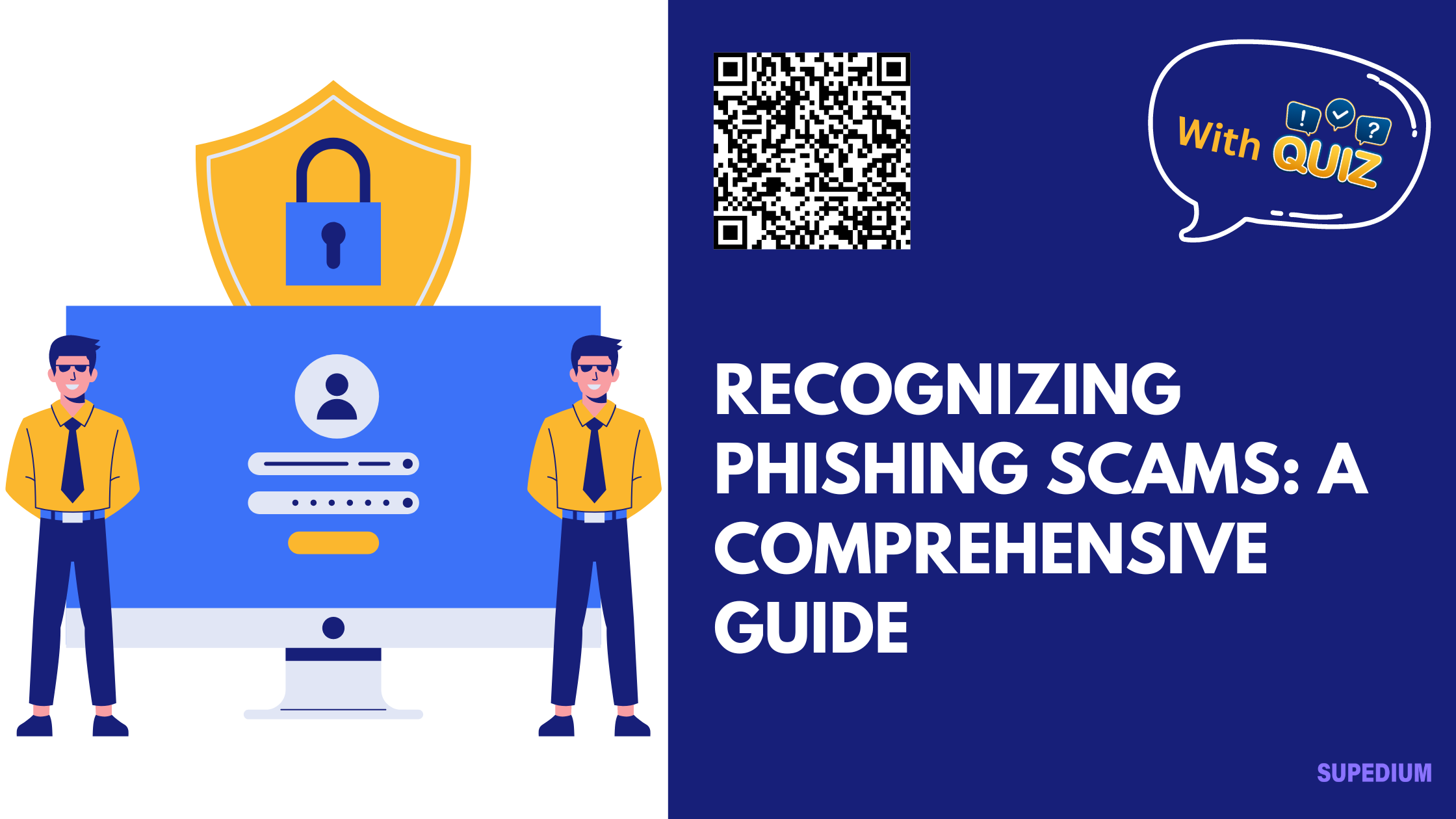Table of Contents
![]()
Phishing scams are deceptive attempts to gain sensitive information by disguising as a trustworthy entity. These schemes can lead to severe consequences, including financial loss and identity theft. Understanding how to recognize and respond to phishing scams is crucial in safeguarding both personal and organizational information.
Types of Phishing Scams
Email Phishing is the most common form of phishing. Attackers send emails that appear to be from reputable sources, such as banks or online services, with the intent to trick recipients into revealing personal information. These emails often contain urgent or threatening language, prompting the recipient to click on malicious links or open attachments.
Spear Phishing differs from general phishing in its targeted approach. Attackers customize their messages to specific individuals or organizations, often using personal information to make the scam appear more credible. This form of phishing can be highly effective due to its personalized nature.
Smishing, or SMS phishing, involves sending deceptive text messages to trick recipients into divulging personal information or downloading malicious software. These messages may claim to be from banks or service providers, often including a link or phone number for further interaction.
Vishing, or voice phishing, is executed over the phone. Scammers use pre-recorded or live messages to solicit sensitive information. They may impersonate legitimate organizations or create urgent situations to pressure victims into compliance.
Identifying Phishing Attempts
Email Phishing emails typically exhibit several red flags:
- Suspicious Sender Addresses: Emails from misspelled domains or unfamiliar addresses are a major warning sign.
- Urgent or Threatening Language: Messages that create a sense of urgency or fear are designed to prompt hasty actions.
- Unusual Links or Attachments: Hovering over links to check URLs and avoiding unexpected attachments can prevent malicious activities.
In SMS and Voice Calls, common phishing indicators include:
- Unexpected Requests for Personal Information: Legitimate organizations rarely ask for sensitive information via text or phone call.
- High Pressure Tactics: Scammers often employ urgency to force quick decisions.
- Poor Grammar and Spelling: Phishing messages often contain errors that legitimate communications typically do not.
To verify authenticity, always check URL details and contact organizations directly using known contact information rather than responding to unsolicited communications.
Case Studies
Several high-profile phishing scams have made headlines, demonstrating the risks involved. For instance, the 2016 Democratic National Committee email hack was a result of spear phishing. Such incidents underscore the importance of vigilance and highlight the potential damage of falling victim to these scams.
Prevention Strategies
Education and Awareness are critical. Regular training on recognizing phishing attempts and understanding red flags can significantly reduce vulnerability.
Technical Measures like email filters and anti-phishing tools can help detect and block suspicious communications. Implementing Multi-Factor Authentication (MFA) adds an extra layer of security, making it harder for attackers to gain access even if login credentials are compromised.
Safe Practices involve verifying any unexpected requests for personal information through established protocols and handling sensitive information securely.
Responding to Phishing Attempts
If you suspect a phishing attempt, take immediate action by reporting the scam to relevant authorities or organizations. Securing accounts by changing passwords and monitoring for unusual activities is crucial. Long-term measures include monitoring for potential identity theft and regularly reviewing security policies to ensure ongoing protection.
Conclusion
Recognizing phishing scams involves being aware of their various forms and characteristics. By staying informed and practicing vigilance, individuals and organizations can better protect themselves from these deceptive attacks. For further information, consult resources such as cybersecurity websites, organizational IT departments, and official phishing reporting platforms.






Be the first to comment